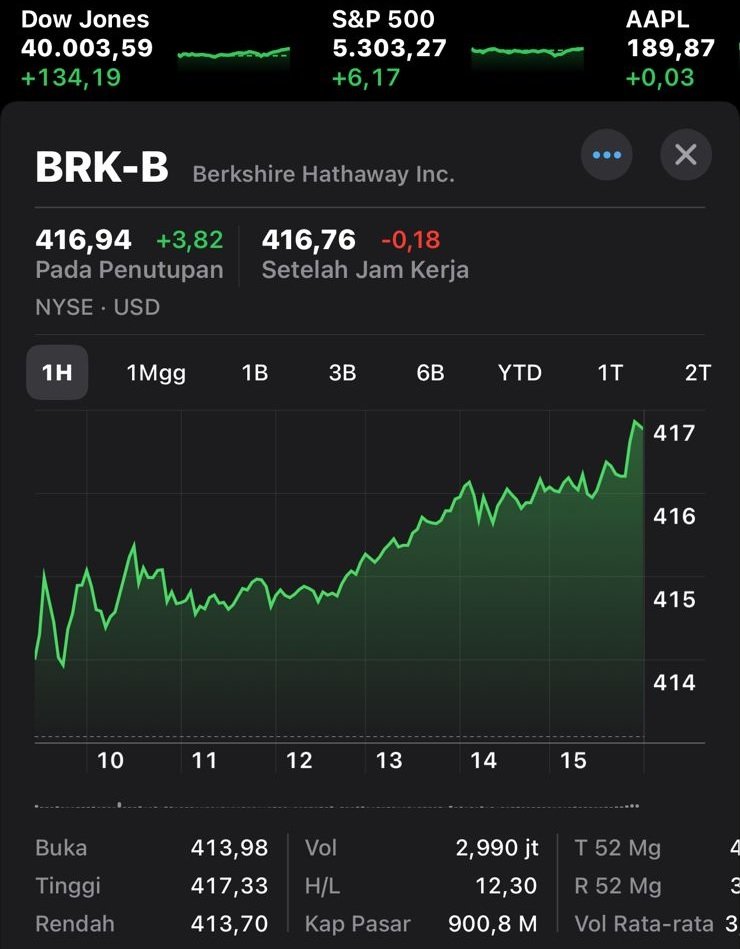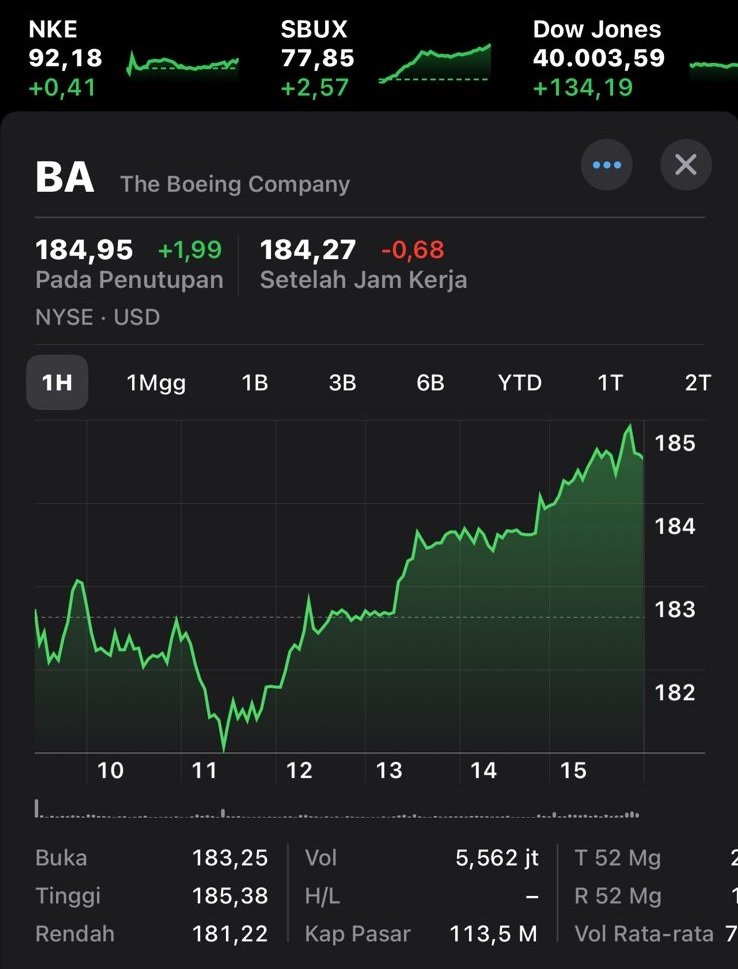India has set its sights on becoming a global powerhouse in semiconductor manufacturing, aiming to capitalize on its growing technological expertise and vast market potential. With the semiconductor industry playing a pivotal role in powering everything from smartphones to automobiles and advanced technologies like artificial intelligence (AI), India sees this sector as crucial to its future economic growth and technological independence. As the world becomes more reliant on semiconductors, India’s ambition to develop its own robust semiconductor ecosystem has never been more pressing.
India’s ambition to become a leader in semiconductor manufacturing is part of its broader strategy to reduce dependence on foreign imports and boost its domestic production capacity. Currently, India imports over 90% of its semiconductor needs, primarily from countries like Taiwan, South Korea, and China. This heavy reliance on imports makes India vulnerable to supply chain disruptions, geopolitical tensions, and fluctuating prices. Therefore, building a self-sufficient semiconductor industry is viewed as critical to securing India’s technological future and ensuring its competitiveness in the global market.
In 2021, the Indian government launched the “Semiconductor Mission,” a comprehensive initiative aimed at promoting semiconductor manufacturing, design, and research within the country. With an initial budget of around $10 billion, the mission focuses on incentivizing private companies to establish semiconductor fabrication plants (fabs) and design centers in India. The government is offering financial incentives, tax breaks, and infrastructure support to attract both domestic and international players in the semiconductor industry.
The global semiconductor industry has become a strategic sector, with countries and companies scrambling to secure supply chains and develop cutting-edge technologies. The COVID-19 pandemic exposed the vulnerabilities in the global semiconductor supply chain, leading to shortages that affected industries worldwide. This has sparked a wave of investment and government-backed initiatives aimed at boosting semiconductor production capacity.
The United States and the European Union, for instance, have ramped up efforts to increase domestic semiconductor production through various initiatives, such as the U.S. CHIPS Act, which promises to invest $52 billion into semiconductor manufacturing and R&D. Similarly, the European Union aims to increase its semiconductor production capacity to 20% of the global market by 2030, up from the current 10%. China has also been investing heavily in its own semiconductor industry, attempting to reduce its dependence on foreign technology.
In this global race, India is eager to establish itself as a key player by leveraging its large, skilled workforce, growing tech ecosystem, and robust manufacturing capabilities. The Indian government’s push to create a comprehensive semiconductor ecosystem is designed to ensure that India can not only meet its own domestic needs but also tap into the global demand for semiconductors.
India possesses several key advantages that could make it an attractive destination for semiconductor manufacturing. First, India has a large pool of engineers and technicians, many of whom are trained in fields like electronics and computer science. The country’s strong focus on STEM education and its growing number of universities and research institutions focused on technology and innovation provide a strong foundation for the development of a semiconductor ecosystem.
Second, India’s growing infrastructure capabilities, particularly in terms of logistics, power, and industrial parks, are becoming more conducive to large-scale manufacturing operations. The Indian government has been investing heavily in improving its infrastructure, including setting up industrial zones that cater to high-tech industries like semiconductor manufacturing. In addition, India’s energy costs are relatively low compared to other manufacturing hubs like Japan and South Korea, making it an attractive location for energy-intensive semiconductor fabrication plants.
Finally, India’s growing domestic market for electronics, including smartphones, computers, and consumer appliances, presents a significant opportunity for semiconductor manufacturers. As one of the world’s largest and fastest-growing markets for electronics, India offers a substantial consumer base for the products powered by semiconductors. This large domestic market could help reduce the reliance on exports and create a more self-sustaining semiconductor industry.
Despite these advantages, India faces significant challenges in its quest to become a global semiconductor manufacturing hub. One of the primary obstacles is the lack of advanced semiconductor fabrication technology. India has limited experience in building the cutting-edge fabs required for the production of advanced chips used in high-performance computing, AI, and other next-generation technologies. Building this technological expertise will require substantial investment in research and development and collaboration with global semiconductor leaders.
Additionally, India’s semiconductor ecosystem currently lacks the depth and breadth seen in other major semiconductor hubs like Taiwan and South Korea. These countries have spent decades building integrated supply chains that include raw materials, wafer manufacturing, chip design, and testing. To become competitive on the global stage, India will need to create a similarly integrated supply chain and foster collaborations between government agencies, research institutions, and private companies.
Another challenge is the availability of key raw materials used in semiconductor production, such as rare earth metals. India has some reserves of these materials but will need to strengthen its supply chain to ensure a steady and reliable source of these critical components.
India is already making significant strides toward overcoming these challenges. The government’s Semiconductor Mission includes a focus on attracting global semiconductor giants to establish fabs in India. Companies such as Taiwan’s TSMC, South Korea’s Samsung, and Intel have been in discussions with the Indian government about potential investments in the country. Additionally, India has signed several agreements with international partners to improve its semiconductor research and development capabilities.
India is also focusing on developing its design capabilities, an area where the country has significant potential. India’s burgeoning tech sector, with companies like Infosys, Wipro, and Tata Consultancy Services, has already made a mark in areas like software development and IT services. By leveraging its expertise in chip design and software, India hopes to position itself as a leader in semiconductor design, complementing its manufacturing ambitions.
India’s ambition to become a major player in semiconductor manufacturing is an ambitious yet achievable goal. With the right mix of government support, private investment, and global partnerships, India has the potential to build a world-class semiconductor ecosystem. While challenges remain, particularly in terms of technological expertise and supply chain development, India’s large skilled workforce, growing infrastructure, and vast consumer market make it an attractive destination for semiconductor manufacturing. If successful, India could reduce its dependence on foreign chips, create millions of jobs, and become a key player in the global technology landscape.












